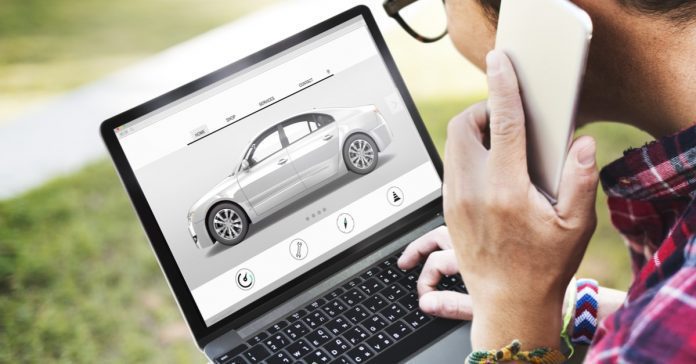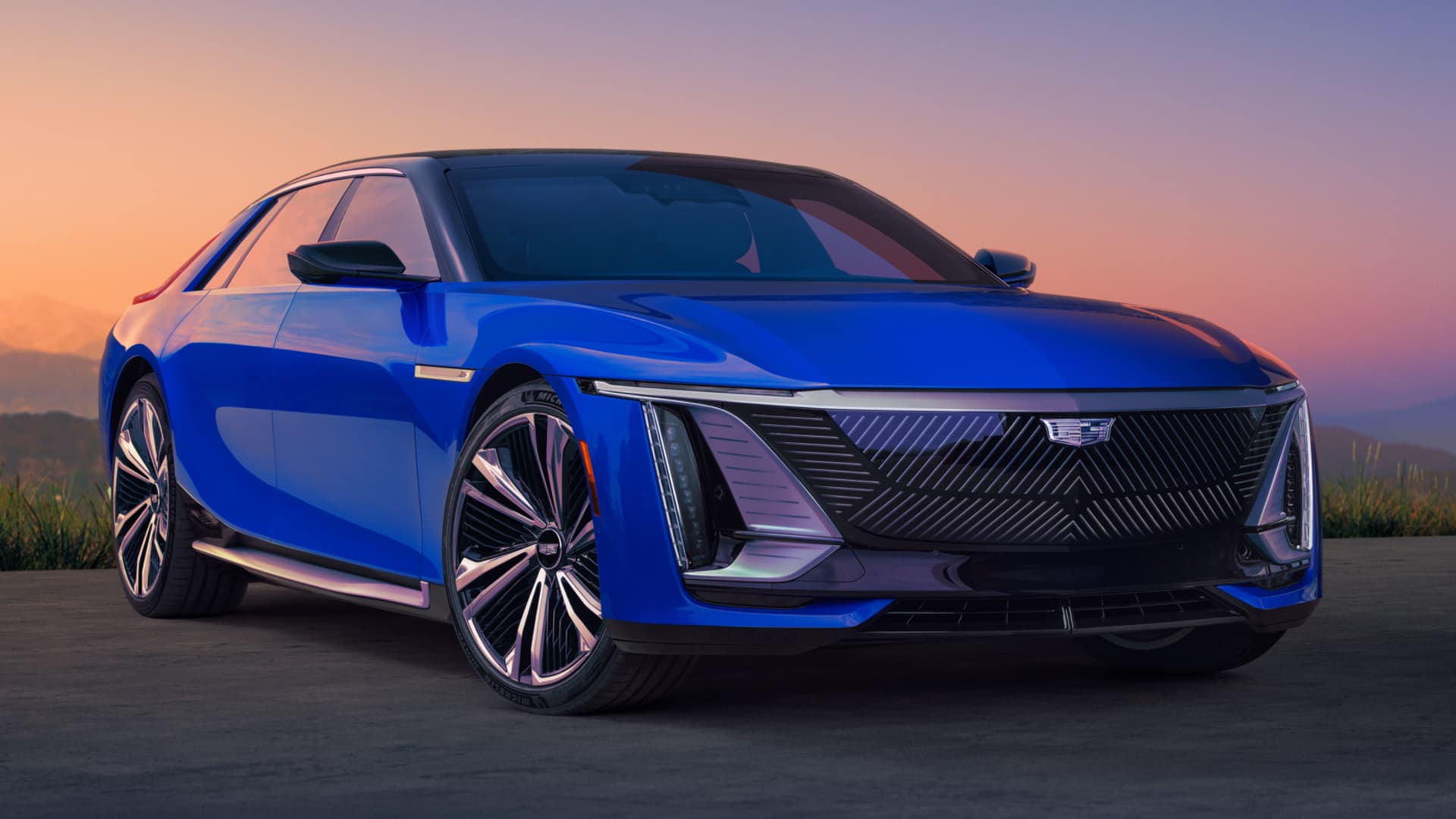Thinking about buying a car buying guide in 2024? Whether it's your first time or you're a seasoned buyer, navigating the car market can be a daunting task. With rapid advancements in technology and a plethora of options available, it's crucial to approach this significant investment well-prepared. Let's dive into the essentials you need to consider when buying a new car this year.
Research and Preparation

Setting a Budget
First things first: know your budget. Understanding how much you can afford will narrow down your options and save you time. Consider not just the purchase price, but also insurance, fuel, maintenance, and other recurring costs.
Determining Your Needs
What will you use the car for? Is it for daily commuting, family trips, or perhaps off-road adventures? Identifying your primary needs will help you choose the right type of vehicle.
Researching Models and Makes
Once you have a budget and understand your needs, start researching different models and makes. Read reviews, watch videos, and visit manufacturer websites to compare specifications.
Understanding the Latest Features and Technology
Cars today come with a host of advanced features. From safety enhancements like automatic emergency braking to entertainment systems and smart connectivity—make sure you’re aware of what's available to make an informed decision.
Budgeting and Financing

Types of Financing Options
There are several ways to finance a new car: personal savings, bank loans, dealer financing, or leasing. Each has its pros and cons, so consider what works best for your financial situation.
Understanding Car Loans
If you opt for a loan, understand the terms thoroughly. Look at the interest rates, loan duration, and any associated fees. Getting pre-approved for a loan can give you a stronger bargaining position.
Leasing vs. Buying
Leasing can be an attractive option if you like driving a new car every few years and want lower monthly payments. However, buying might be better if you plan to keep the car long-term and avoid mileage restrictions.
Hidden Costs to Consider
Remember, the sticker price isn’t the final cost. Include taxes, registration fees, and dealer charges in your calculations. Additionally, factor in ongoing costs like insurance, fuel, and maintenance.
Choosing the Right Car

Different Car Types
Cars come in various shapes and sizes. Whether you're looking at sedans, SUVs, trucks, or hatchbacks, each type has its advantages. Choose one that fits your lifestyle and preferences.
Fuel Efficiency and Environmental Impact
With the rising cost of fuel and growing environmental concerns, fuel efficiency is crucial. Hybrid and electric cars are becoming more popular for their cost savings and lower environmental impact.
Safety Features to Look For
Safety should be a top priority. Look for features like airbags, anti-lock brakes, stability control, and advanced driver-assistance systems (ADAS) such as lane-keeping assist and blind-spot monitoring.
Test Driving and Its Importance
Never skip the test drive. It's your chance to see how the car handles, check for comfort, and ensure it meets your expectations. Pay attention to visibility, ergonomics, and driving experience.
Latest Trends in 2024

Electric and Hybrid Cars
Electric and hybrid vehicles are no longer just the future—they're here now. With improved ranges and more charging stations, they’re an excellent choice for eco-conscious buyers.
Autonomous Driving Features
Self-driving technology is evolving rapidly. While fully autonomous cars aren't mainstream yet, many new models offer semi-autonomous features like adaptive cruise control and self-parking.
Connectivity and Smart Technology
Modern cars are becoming smarter, integrating with your digital life. Features like Apple CarPlay, Android Auto, and in-car Wi-Fi are becoming standard, providing seamless connectivity.
Design Trends
Sleek, aerodynamic designs and customizable interiors are in vogue. Many 2024 models offer a range of color options and materials to personalize your car.
Dealerships vs. Online Purchasing

Pros and Cons of Each Method
Buying from a dealership allows for physical inspections and test drives, while online purchases offer convenience and often better deals. Weigh the pros and cons based on your priorities.
How to Negotiate with Dealers
Negotiating can save you money. Do your homework, know the invoice price, and be prepared to walk away if the deal doesn’t meet your expectations.
Tips for Buying Cars Online
When buying online, ensure the website is reputable. Check for reviews, understand the return policy, and if possible, arrange for a physical inspection before finalizing the purchase.
Inspection and Test Drive Tips

What to Check During an Inspection
Inspect both the exterior and interior of the car. Look for any signs of damage or wear and tear. Check under the hood for any leaks or corrosion.
How to Conduct a Thorough Test Drive
During the test drive, evaluate the car’s performance. Test it on different road conditions and listen for any unusual noises. Ensure all controls are working correctly.
Questions to Ask the Seller
Ask about the car’s history, including previous ownership, maintenance records, and if it has been involved in any accidents. For new cars, inquire about available warranties and service packages.
Understanding Warranties and Insurance

Types of Warranties Available
New cars come with various warranties—bumper-to-bumper, powertrain, and corrosion warranties. Understand what each covers and the duration.
Insurance Options and Requirements
Car insurance is mandatory. Compare different policies to find the best coverage for your needs. Consider factors like coverage limits, deductibles, and premiums.
Extended Warranties: Are They Worth It?
Extended warranties can offer peace of mind, covering repairs after the manufacturer's warranty expires. Weigh the cost against potential repair expenses.
After Purchase Considerations
Maintaining Your New Car
Regular maintenance is key to keeping your car in top shape. Follow the manufacturer's maintenance schedule and keep detailed records.
Scheduling Regular Check-Ups
Routine check-ups can prevent major issues. Schedule regular service appointments for oil changes, tire rotations, and brake inspections.
Understanding the Resale Value
Keeping your car well-maintained enhances its resale value. Consider factors like mileage, condition, and market demand when planning to sell.
Common Mistakes to Avoid

Overlooking Long-Term Costs
Don’t just focus on the purchase price. Consider long-term costs like insurance, fuel, maintenance, and depreciation.
Ignoring Reviews and Ratings
Professional and user reviews can provide valuable insights. Don’t ignore them—use them to guide your decision.
Rushing the Decision Process
Take your time. Rushing can lead to poor decisions. Ensure you’re fully satisfied with your choice before making the purchase.
Conclusion
car buying guide in 2024 can be an exciting yet challenging process. By setting a budget, understanding your needs, and staying informed about the latest trends, you can make a smart, informed decision. Happy car shopping!
FAQs
Q. What is the best time of year to buy a new car?
Ans: The best times are usually at the end of the year, during holiday sales, or when new models are released, as dealers are eager to clear out inventory.
Q. How can I get the best deal on a new car?
Ans: Research thoroughly, get pre-approved for financing, and don't be afraid to negotiate. Shopping around and comparing prices can also help.
Q. Should I consider an electric car in 2024?
Ans: Absolutely! With advancements in battery technology and more charging stations, electric cars are a great choice for their environmental benefits and lower running costs.
Q. What are the must-have features in new cars in 2024?
Ans: Look for advanced safety features, connectivity options like Apple CarPlay/Android Auto, and fuel efficiency. Autonomous driving features and hybrid/electric options are also becoming essential.
Q. How do I know if a warranty is good?
Ans: A good warranty should cover major repairs, last several years, and come from a reputable company. Always read the fine print and understand what is included and excluded.
